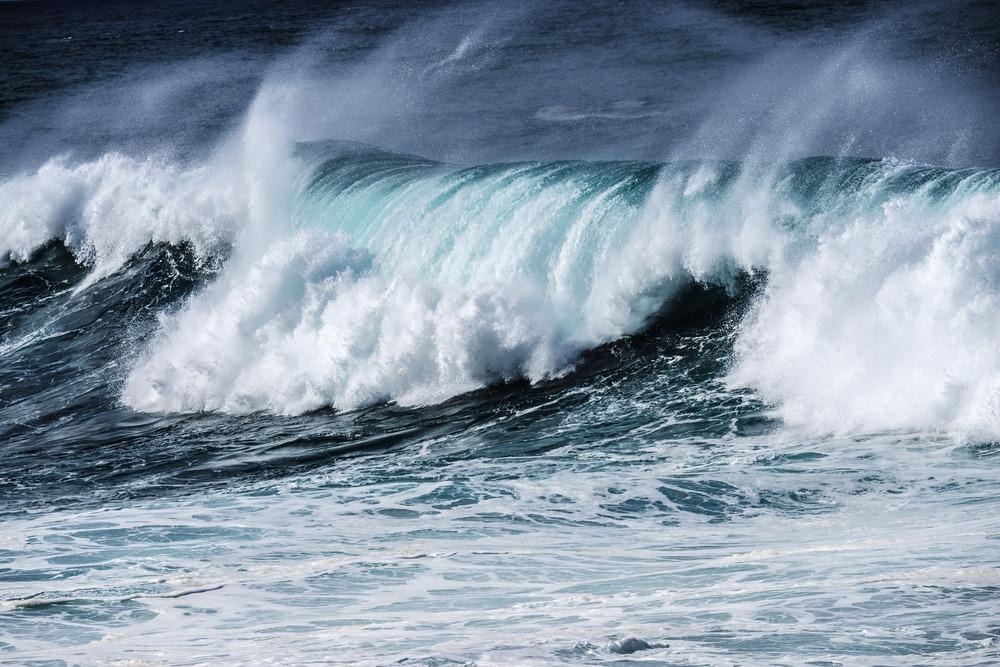Shifting from our global reliance on burning fossil fuels to supply our main source of energy is the main strategy to tackling climate change. Human activity is energy-intensive, and unfortunately, for many decades we have burned significant amounts of non-renewables to supply this energy. As a result, huge amounts of carbon dioxide and other greenhouse gases have been released into the atmosphere.

Image Credit: Kuttelvaserova Stuchelova/Shutterstock.com
Over the years, scientists have established methods of generating energy from solar and wind, however, a solution to provide reliable renewable commercial power production has yet to be reached.
Numerous strategies and innovations have been implemented to reduce our use of non-renewable energy and, therefore, reduce the levels of carbon dioxide being released into the atmosphere. Electric vehicles are becoming increasingly sophisticated and are growing in popularity, as is the use of solar and wind power for personal use or to power small infrastructure. However, a method of powering the electric grid with renewable sources has not yet been established.
Replacing the energy source of the electricity grid in each country with a renewable source would significantly reduce global emissions. While it is theoretically possible to do this, scientists have not been able to agree on how to implement a fully renewable electricity source into the grid. The feasibility and ease of transition of such a project have been keenly discussed.
Now, Swedish green energy company Eco Wave Power has developed an innovative technology to produce clean electricity from the ocean and sea waves. Its innovation can provide grid-connected wave energy that is cost-efficient, fully modular, and scalable. Here, we discuss how Eco Wave Power’s development may help the world make the shift from non-renewable to renewable energy sources.
Eco Wave Power on the Daily Climate Show on Sky News
Video Credit: EcoWavePower/YouTube.com
The Untapped Potential of Wave Energy
The ocean provides a powerful and constant source of renewable energy in the form of waves. Other forms of renewable energy, while more widely researched and developed, such as solar and wind, suffer a big downfall in that they are intermittent. The sun only shines during the day, and the wind is strong or non-existent depending on the weather. This means that solar and wind energy are only suitable in certain locations and at particular times of the day. Alone, neither solar nor wind sources can provide constant power that is sufficient for commercial power production.
Ocean waves, on the other hand, are constantly generating energy. Now, scientists are focused on understanding just how much energy ocean waves can create and how this could be converted into useable energy.
As it stands, this powerful source of renewable energy has been fairly neglected in comparison to other renewable energy sources such as wind and solar. This gap in knowledge about how wave energy could be transformed into a method of commercial power production has inspired many research projects in recent years. Now, a team at Eco Wave Power has created a grid-connected wave energy solution that offers a reliable, constant, and renewable energy source to power the grid, replacing the reliance on non-renewables for commercial power production.
Using Waves to Generate Electricity
Eco Wave Power was founded in 2011 and is a leading onshore wave energy technology company that has established a solution that can convert ocean and sea waves into clean, renewable energy. The patented, cost-efficient and ingenious method was developed with the purpose of helping to fight against climate change, a goal that Eco Wave Power set out to achieve by enabling commercial power production from waves.
The method utilizes floaters that are placed out at sea to capture the energy from incoming waves. The floaters transform the energy provided in the form of the rising and falling motion of waves into clean energy. The movement of the waves compresses and decompresses the hydraulic pistons placed inside the floaters which transmit biodegradable hydraulic fluid to accumulators located onshore. Pressure builds in the land-based accumulators, which turns a hydraulic motor, which, in turn, rotates a generator. The generator produces electricity that can be transferred directly to the grid via an inverter. Following the decompression stage, the fluid moves back to the hydraulic fluid tank. Here, the fluid is re-used by the pistons, resulting in a closed circular system.
Waves of just 0.5 meters are effective at inducing the production of electricity with this system. Waves that are too high are bypassed as the floaters automatically rise above the water level and linger there until the wave height reduces to levels that the system can use.
Eco Wave Power has already been recognized by the United Nations for its innovations having recently received the “Climate Action Award”. It can be expected that the system will be fundamental to helping reduce carbon emissions and to facilitating the permanent shift from non-renewable energy to clean, renewable energy.
References and Further Reading
Eco Wave Power- Grid Connected Wave Energy Array. Eco Wave Power. Available at: https://www.ecowavepower.com
Harnessing ocean and sea waves to generate clean and affordable electricity. Inna Braverman. The Unreasonable Group. Available at: https://unreasonablegroup.com/companies/eco-wave-power
How it works. Eco Wave Power. Available at: https://unreasonablegroup.com/companies/eco-wave-power
Disclaimer: The views expressed here are those of the author expressed in their private capacity and do not necessarily represent the views of AZoM.com Limited T/A AZoNetwork the owner and operator of this website. This disclaimer forms part of the Terms and conditions of use of this website.